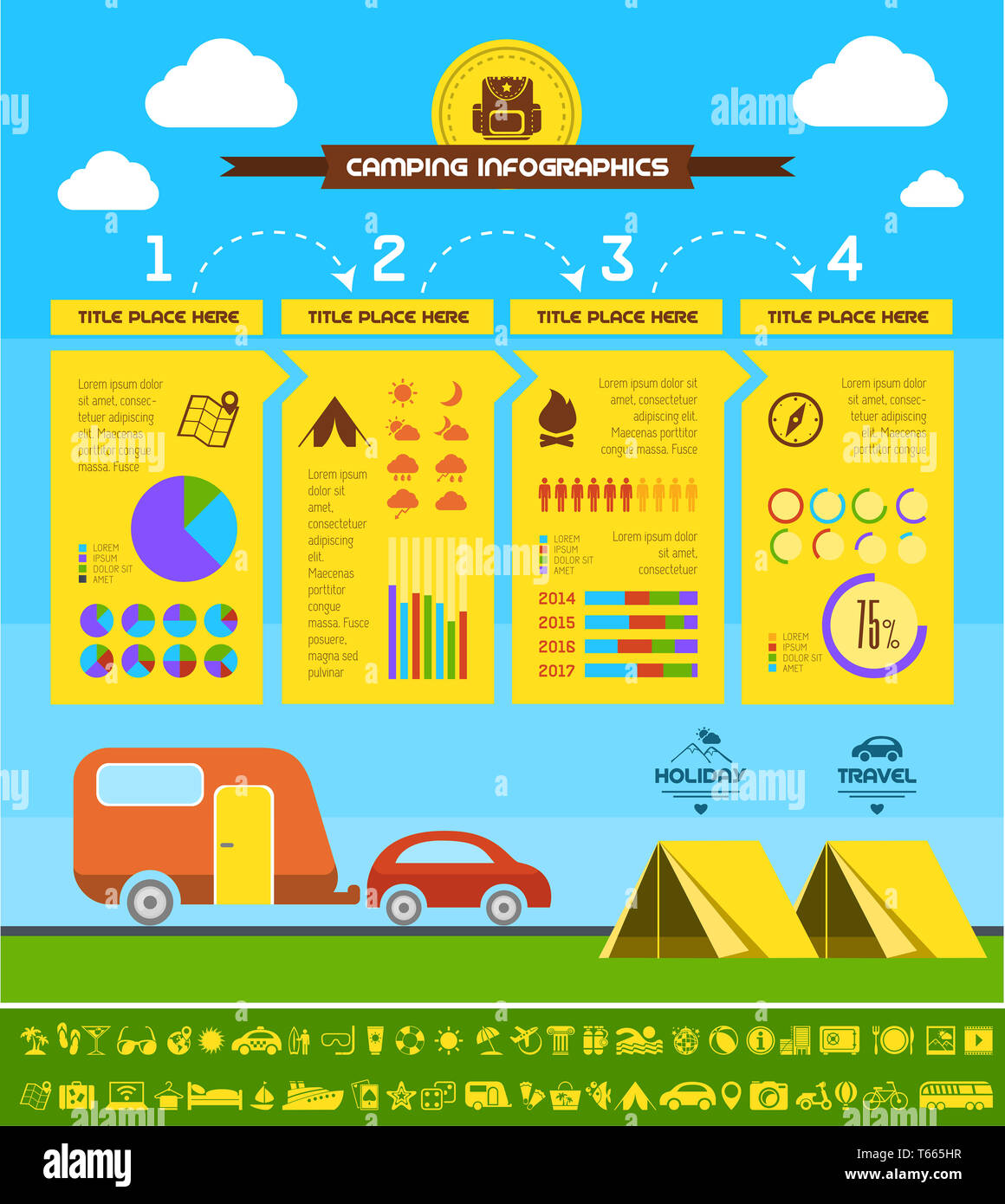Guy lines are important for non-freestanding outdoors tents, providing additional stability and support beyond the capability of camping tent posts and regular stakes. They connect to assigned loops or accessory factors on the camping tent or rainfall fly, and are tensioned to pull out drooping material, boosting indoor living space and making the shelter much more comfortable for campers.
Security
Person lines improve a camping tent's structural honesty, supplying extra assistance beyond that of the tent posts and stakes. This is specifically essential when outdoor camping in windy settings. By advertising appropriate ventilation, man lines likewise assist to avoid condensation within a camping tent. Specifically, when affixed to the rain fly, they maintain critical room in between the walls of the camping tent, which fosters air circulation and reduces the buildup of moisture on indoor surface areas. To connect a man line, merely connect one end to the assigned loop or add-on factor on the rain fly or camping tent body, and then protect the other end to your favored support factor such as a rock, tree, or outdoor tents stake.
Weight
Guy lines are a reliable ways of reinforcing the structure of an outdoor tents. They are very easy to connect by knotting one end through designated loopholes or attachment factors on the tent body and rainfall fly, then securing it to a support point such as a sturdy risk, rock, or tree. When tensioned, they pull out drooping material and drooping edges, helping to boost the general structural honesty of the sanctuary. They additionally promote air flow by keeping the internal camping tent and rain fly wall surfaces different, which fosters a cooler ambience within the camping tent and assists to decrease condensation build-up. This ultimately boosts campers' convenience degree while camping outdoors.
Adaptability
Unlike freestanding outdoors tents, which can stand separately with their poles, non-freestanding outdoors tents should be bet or guyed out to preserve stability and architectural support. This style reduces the weight of a shelter, and also enables better surface versatility.
Usually, a camping tent's ridgeline and walls are designed with loopholes or accessory factors for connecting to man lines. The lines can after that be tensioned to draw sagging or drooping textile back into form and develop a stronger, extra resilient structure.
On top of that, man lines are very important for promoting appropriate air flow inside the outdoor tents. By dividing the rainfall fly from the mesh tent body, they enable air to flow freely throughout the sanctuary, lowering humidity and condensation on interior surface areas. This inevitably contributes to a much more comfy and enjoyable outdoor camping experience. For an extra efficient setup, consider investing in a set tent weight of person line insurers, which permit you to easily enhance or reduce stress as required.
Longevity
If a tent is correctly scouted with man lines, it can sustain winds much more drastically than a similar sanctuary without individual lines. On top of that, they contribute in advertising camping tent air flow. As an example, attaching a rain fly to the person lines maintains it separated from the camping tent body, protecting against hot air from accumulating on the internal walls and ceiling of the camping tent.
The very best means to safeguard a person line is to feed one end of the line via a designated loop or add-on factor on the outdoor tents or rainfall fly, after that link it around the support factor. A top quality support should be made of a sturdy product, such as wood or metal, and placed directly perpendicular to the line to advertise the toughest bond.
